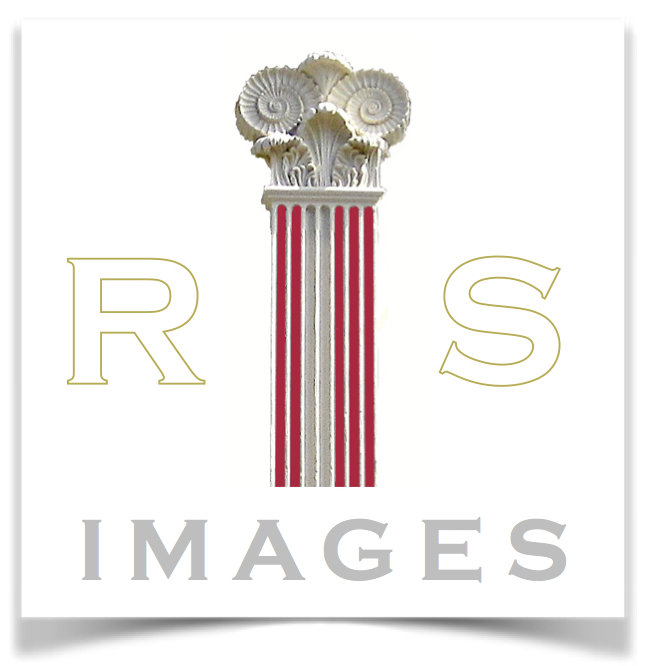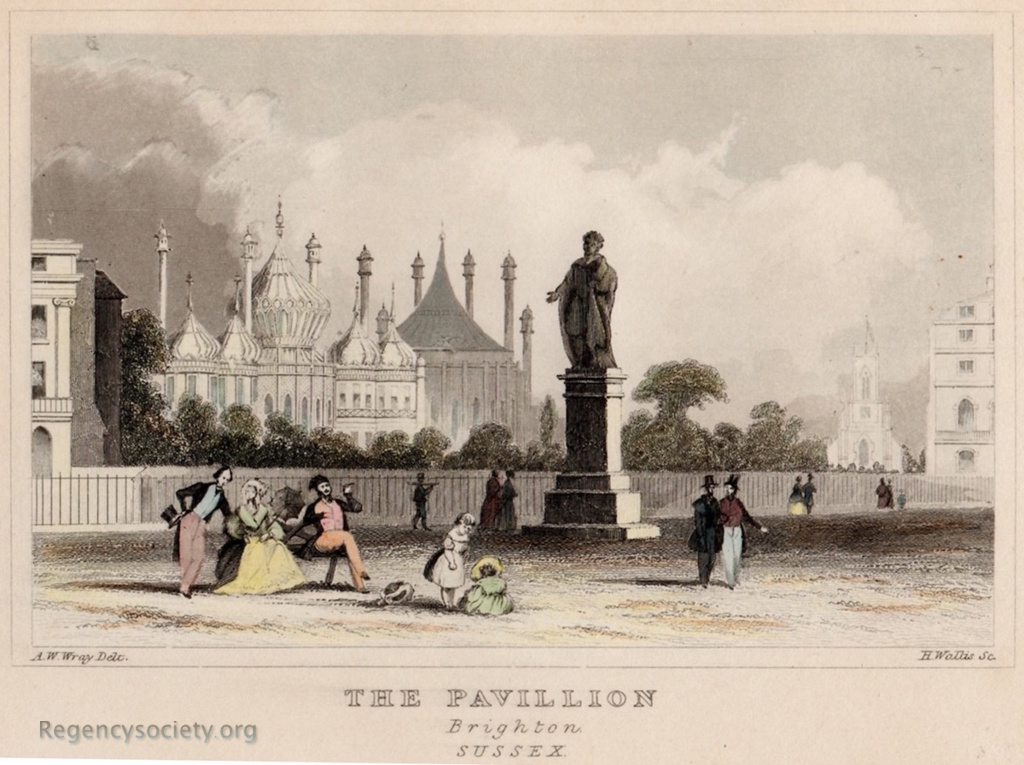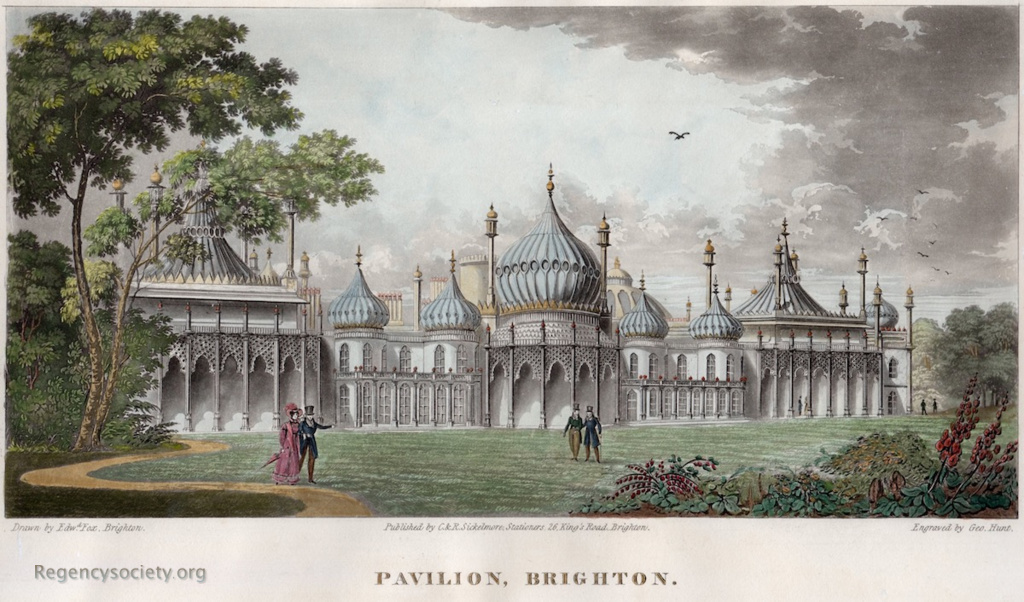BPC00282
Steel engraving by H Wallis after A W Wray. Published in Dugdale’s England & Wales Delineated 1846. Thomas Dugdale published 11 volumes of 300 views around the country which included an ‘alphabetical chronology of remarkable events from the earliest authentic period to the present time’. This is another of the few Brighton publications where ‘Pavilion’ is spelt with a double ‘ll’.
On the far right the view includes St Peter’s Church and then one of the four large lodging houses known as the ‘Blue and Buffs’. Two of these houses remain today as part of Pavilion Street, immediately opposite the Pavilion. These four houses were built c1780 and were called the ‘Blue and Buffs’ because they were painted in the Whig colours at the time of a visit by the Prince of Wales. Unlike today’s ‘non-political’ Royal Family, the Prince was an open supporter of the Whigs and friend of Fox and Sheridan. The Prince’s political colour was to change later, but not the name of these houses. The statue of George IV, erected in 1828, is seen here in its original position, where the Brighton War Memorial now stands. It was moved to its present site near the North Gate in 1922.
Illustrated in Brighton in Diaries by Paul K Lyons. The History Press, 2011, p 70.
Also illustrated in Old Brighton: A Collection of Prints, Paintings and Drawings by Eileen Hollingdale. George Nobbs Publishing, 1979, p 36.
See all images of the Royal Pavilion Estate
loading map - please wait...



